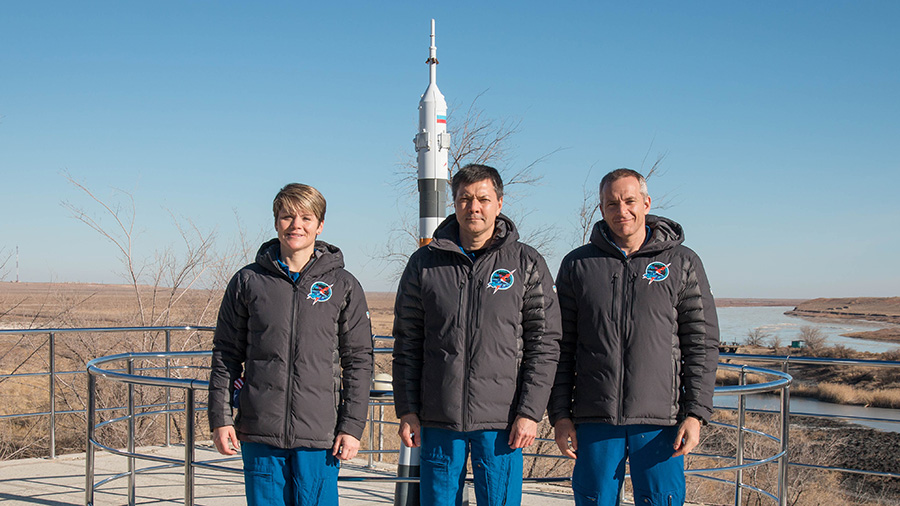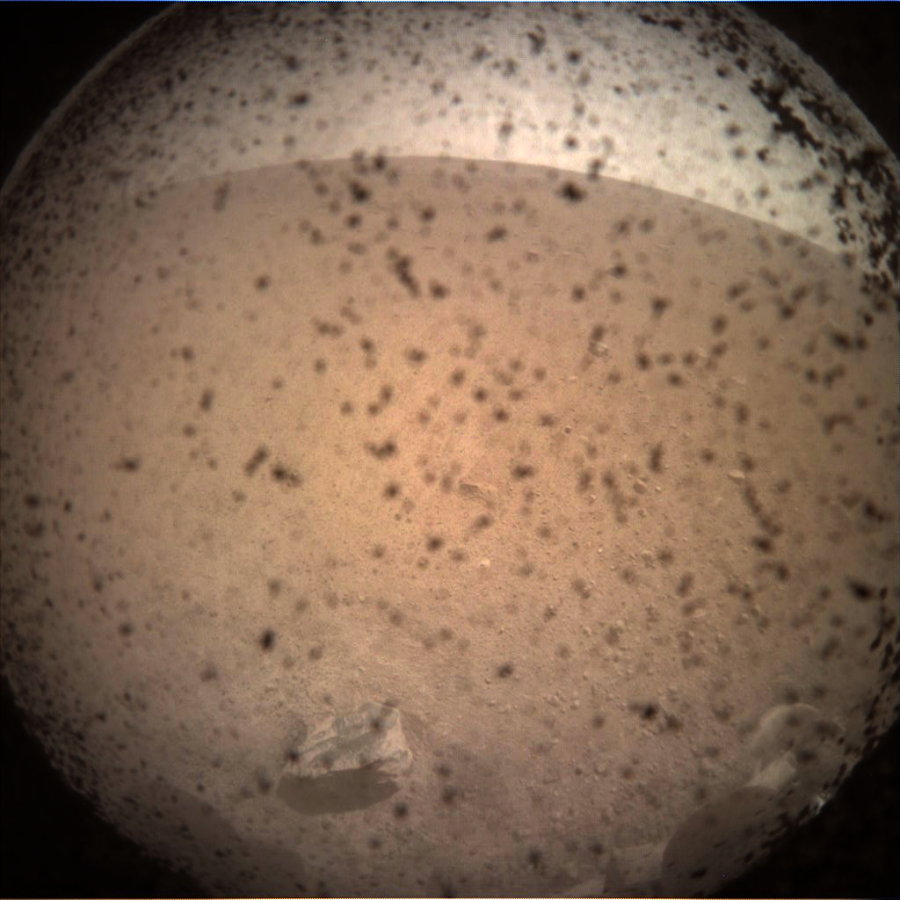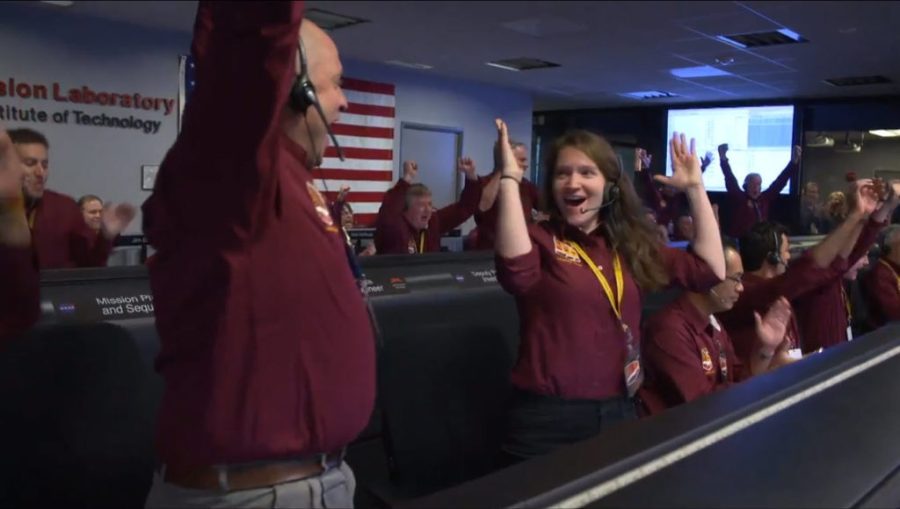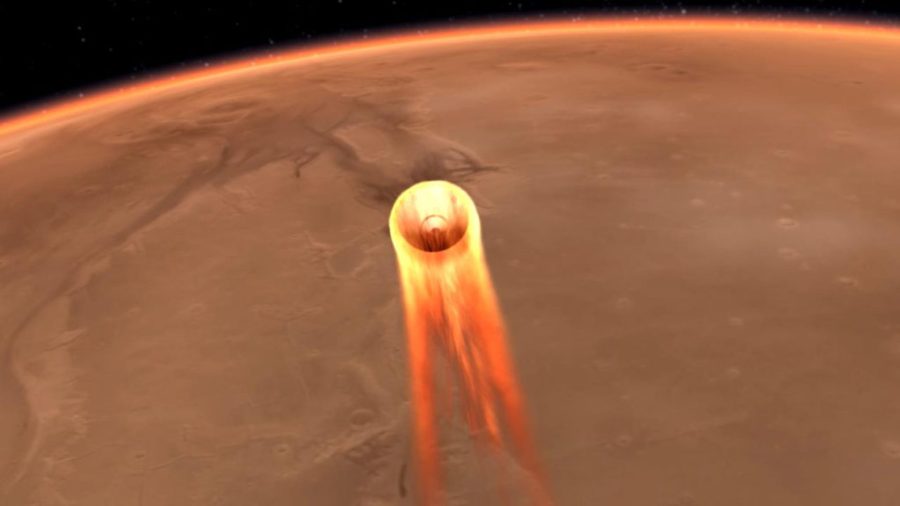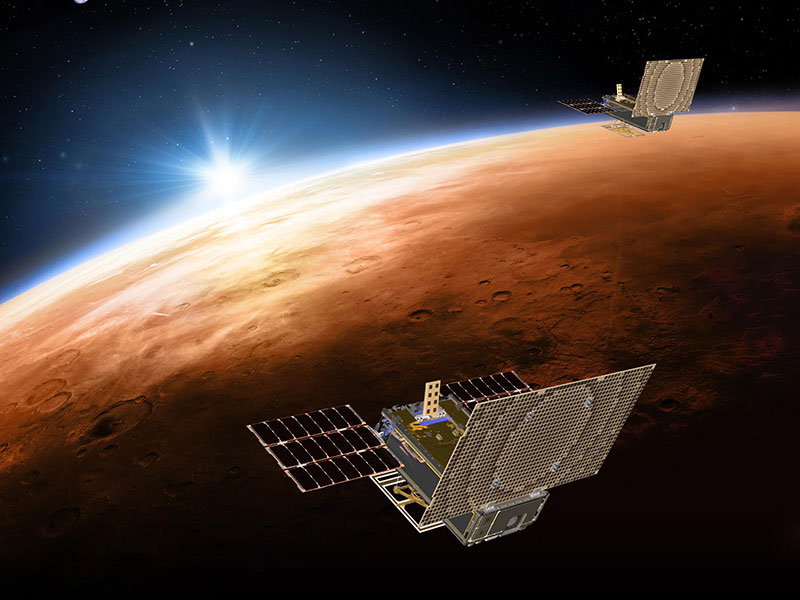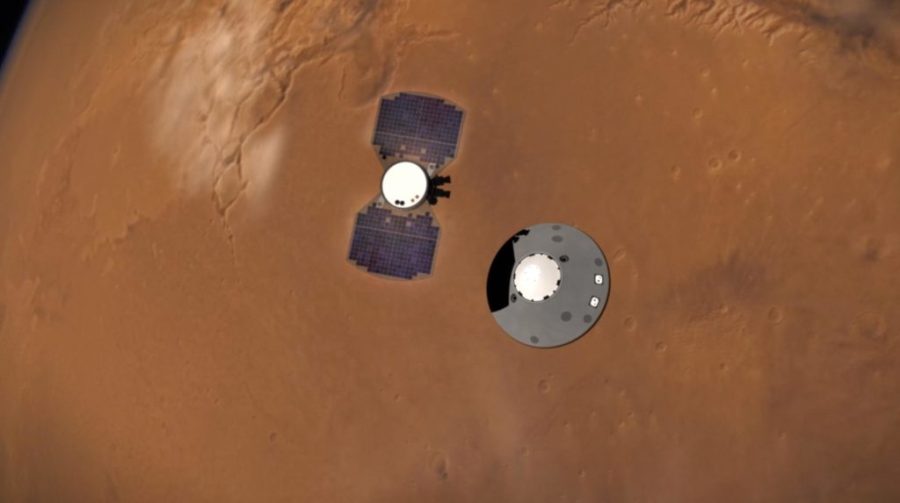In a replay similar to the weekend before Thanksgiving, two rockets on the opposite sides of the world are poised to launch one day after another to replenish the International Space Station with a new crew and cargo. Three new Expedition 58 crew members are preparing to blast off to the space station on a …
Russian, U.S. Spaceships Get Ready for Launch Ahead of Spacewalk
